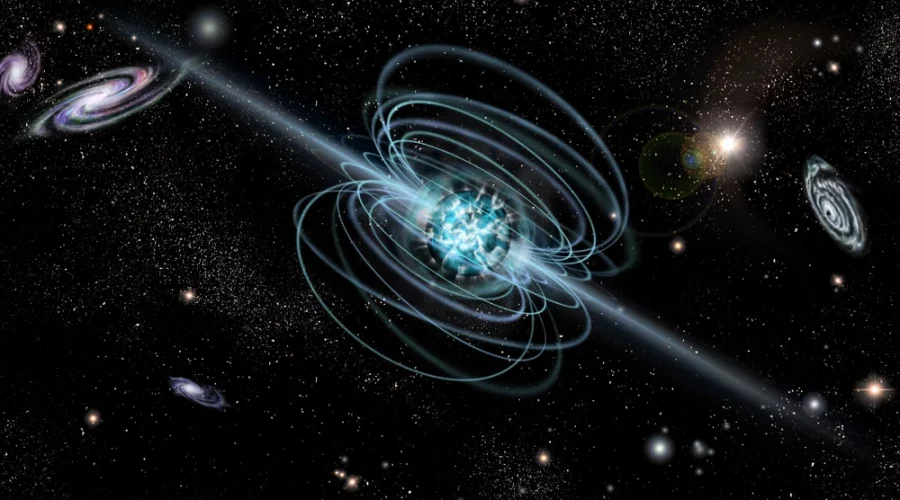For as long as humans have studied the heavens, how stars look in distant galaxies has been a mystery.
In a study published today in The Astrophysical Journal, a team of researchers at the University of Copenhagen’s Niels Bohr Institute is doing away with previous understandings of stars beyond our own galaxy.
with the help of observations from 140,000 galaxies across the universe and a wide range of advanced models, the team found that distant galaxies tend to have heavier stars.
The result could change our understanding of a wide range of astronomical phenomena, including the formation of black holes, supernovae and why galaxies die.
Stellar census
Even though astronomers lack a complete census of all the hundreds of billions of stars in the Milky Way galaxy, they’ve sampled enough of them to get a pretty good handle on the population.
We know, roughly, how many small dwarf stars there are, how many medium Sun-like ones there are, and how many giant ones there are.
But repeating this exercise for other galaxies is enormously difficult. Most galaxies are simply too far away to identify and measure individual stars within them.
We only see their brighter, heavier stars, and have to guess about the populations of smaller ones.
Typically, astronomers just assume that the demographics of a distant galaxy roughly match what we see in the Milky Way because on average galaxies shouldn’t be all that different from each other.
Recently, a team of astronomers used the COSMOS catalog to study 140,000 individual galaxies, developing techniques to estimate the population of stars in each one.
The research was conducted at the Cosmic Dawn Center (DAWN), an international basic research center for astronomy supported by the Danish National Research Foundation. DAWN is a collaboration between the Niels Bohr Institute at the University of Copenhagen and DTU Space at the Technical University of Denmark.
The future fate of heavier galaxies
“We’ve only been able to see the tip of the iceberg and known for a long time that expecting other galaxies to look like our own was not a particularly good assumption to make. However, no one has ever been able to prove that other galaxies form different populations of stars. This study has allowed us to do just that, which may open the door for a deeper understanding of galaxy formation and evolution,” says Associate Professor Charles Steinhardt, a co-author of the study.
The team found that on average more distant galaxies tended to have bigger stars than the Milky Way. On the other hand, nearby galaxies were relatively similar to our own.
“The mass of stars tells us astronomers a lot. If you change mass, you also change the number of supernovae and black holes that arise out of massive stars. As such, our result means that we’ll have to revise many of the things we once presumed, because distant galaxies look quite different from our own,” says Albert Sneppen, a graduate student at the Niels Bohr Institute and first author of the study.
This work has several important implications.
For one, astronomers can no longer assume a uniform population of stars when looking at distant galaxies, which represent the youngest galaxies to appear in the universe. It also forces us to rethink how galaxies evolve through billions of years.
“Now that we are better able to decode the mass of stars, we can see a new pattern; the least massive galaxies continue to form stars, while the more massive galaxies stop birthing new stars. This suggests a remarkably universal trend in the death of galaxies,” concludes Sneppen.
Sources:
The Astrophysical Journal – Implications of a Temperature-dependent Initial Mass Function. I. Photometric Template Fitting
Niels Bohr Institute – New discovery about distant galaxies: Stars are heavier than we thought

